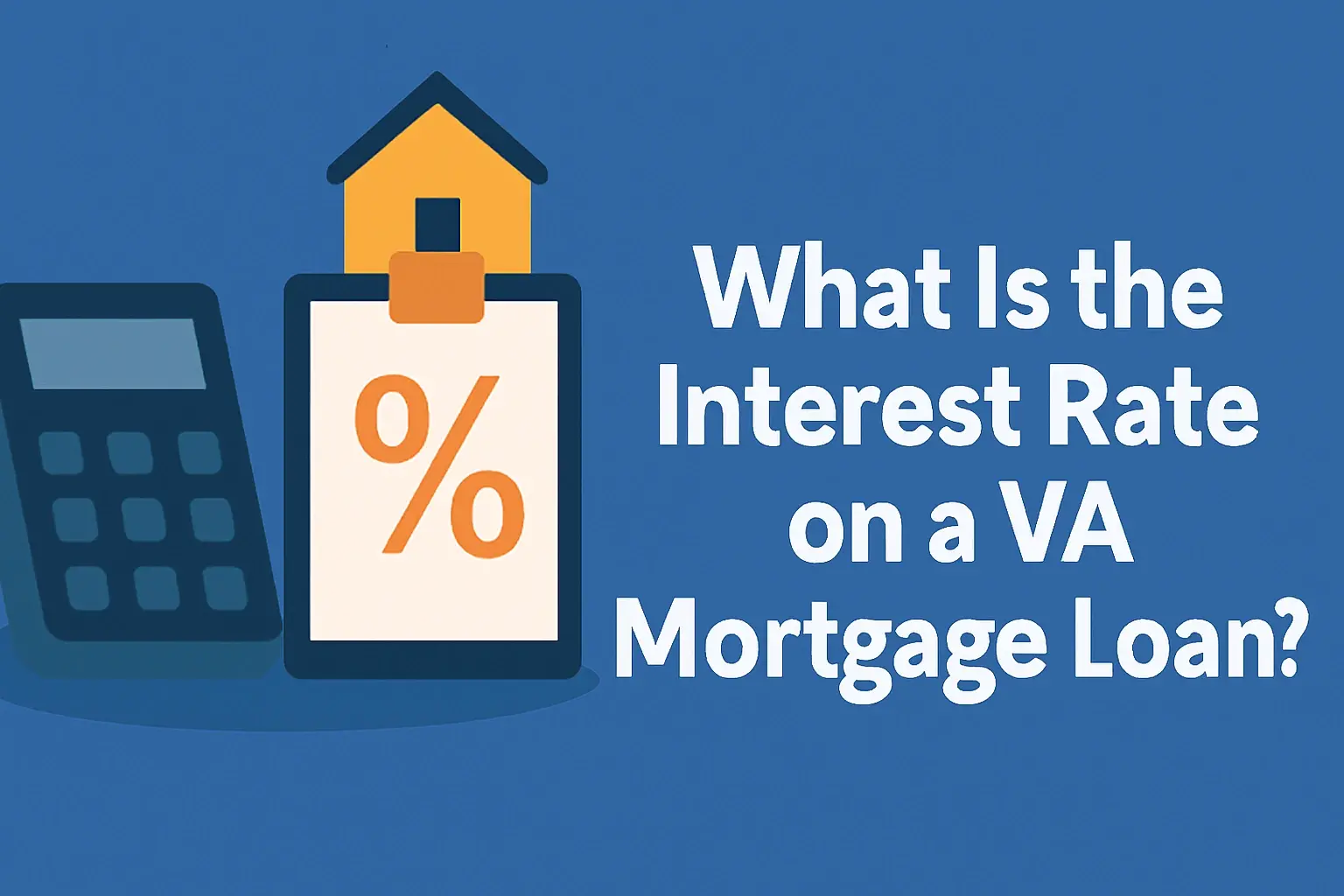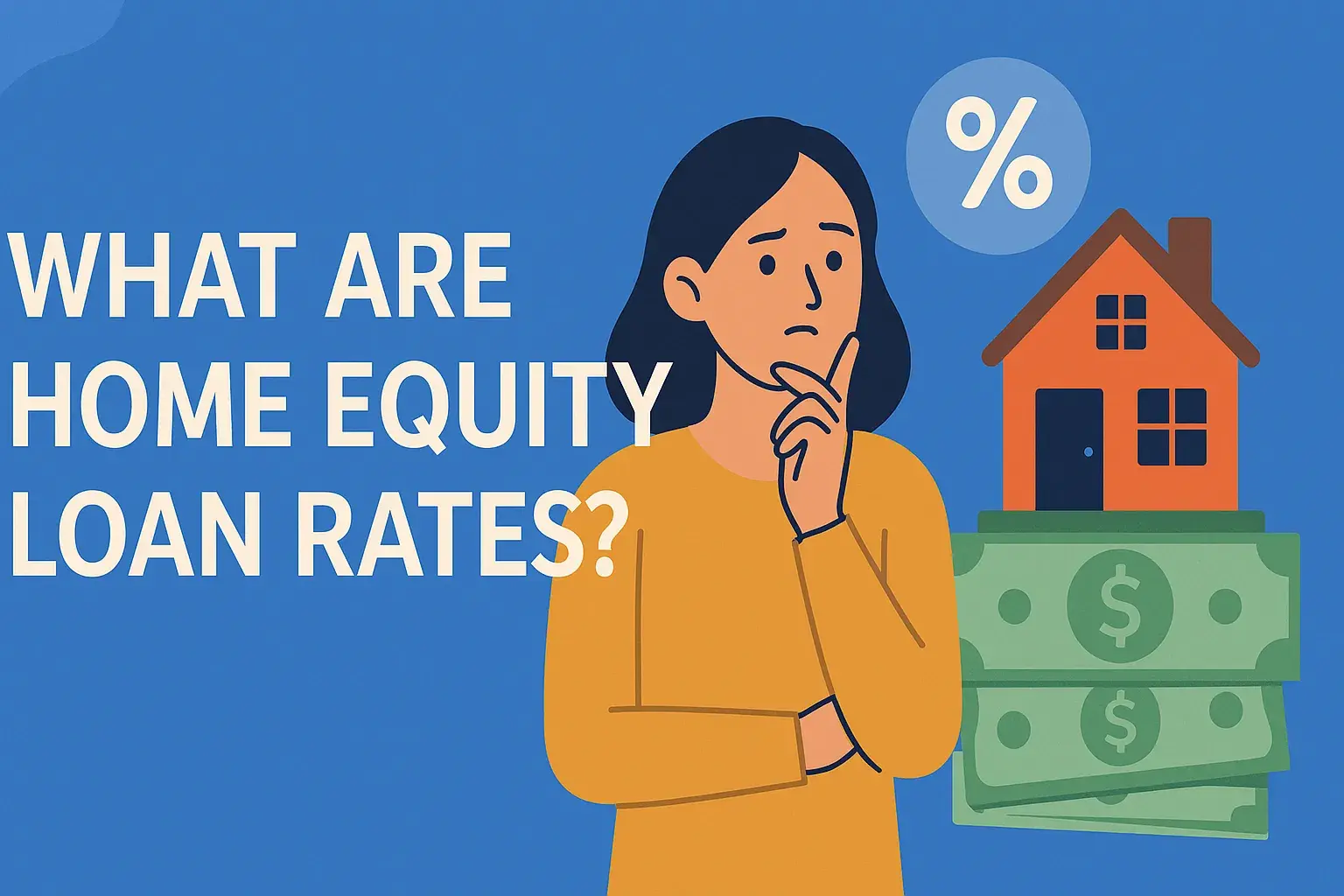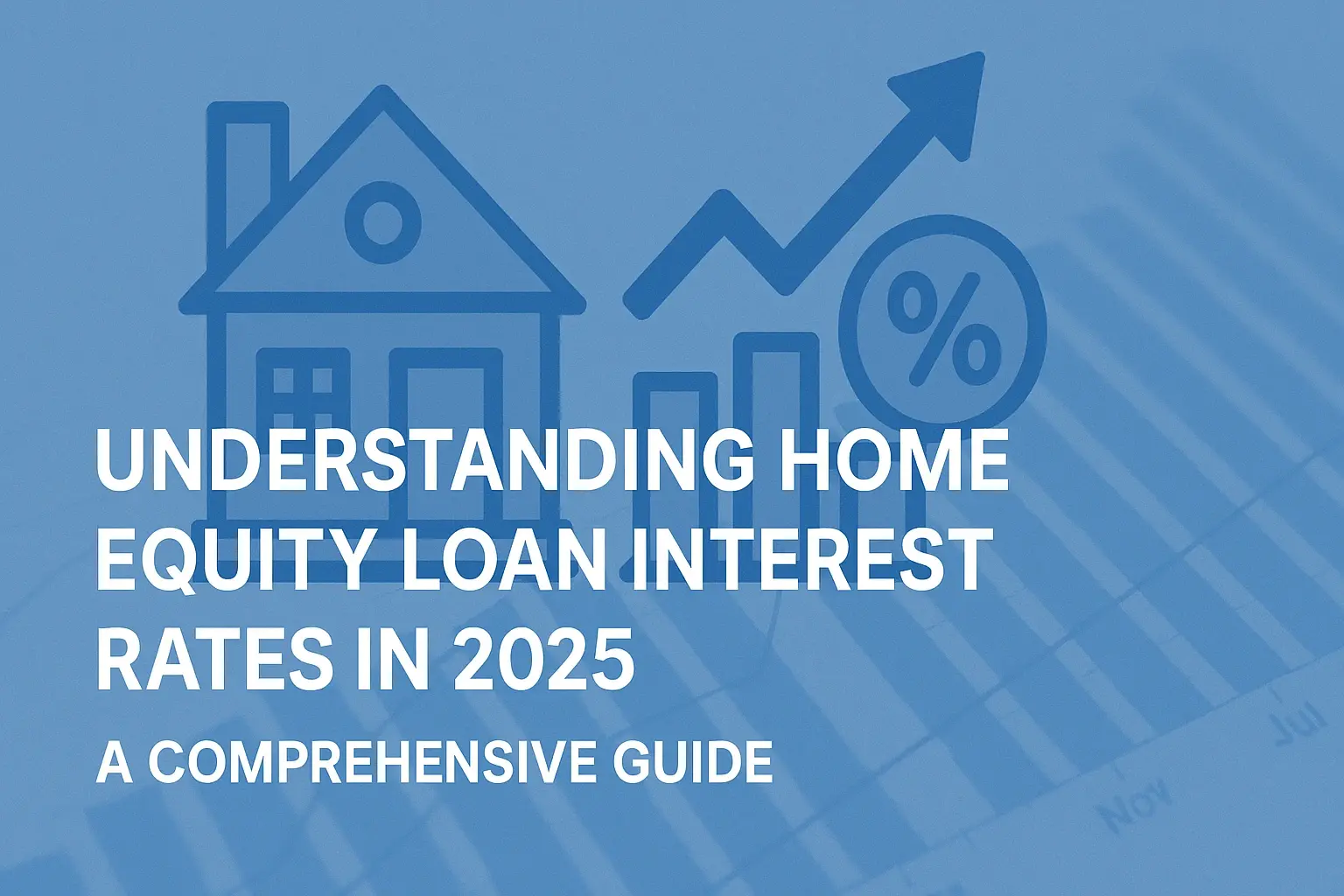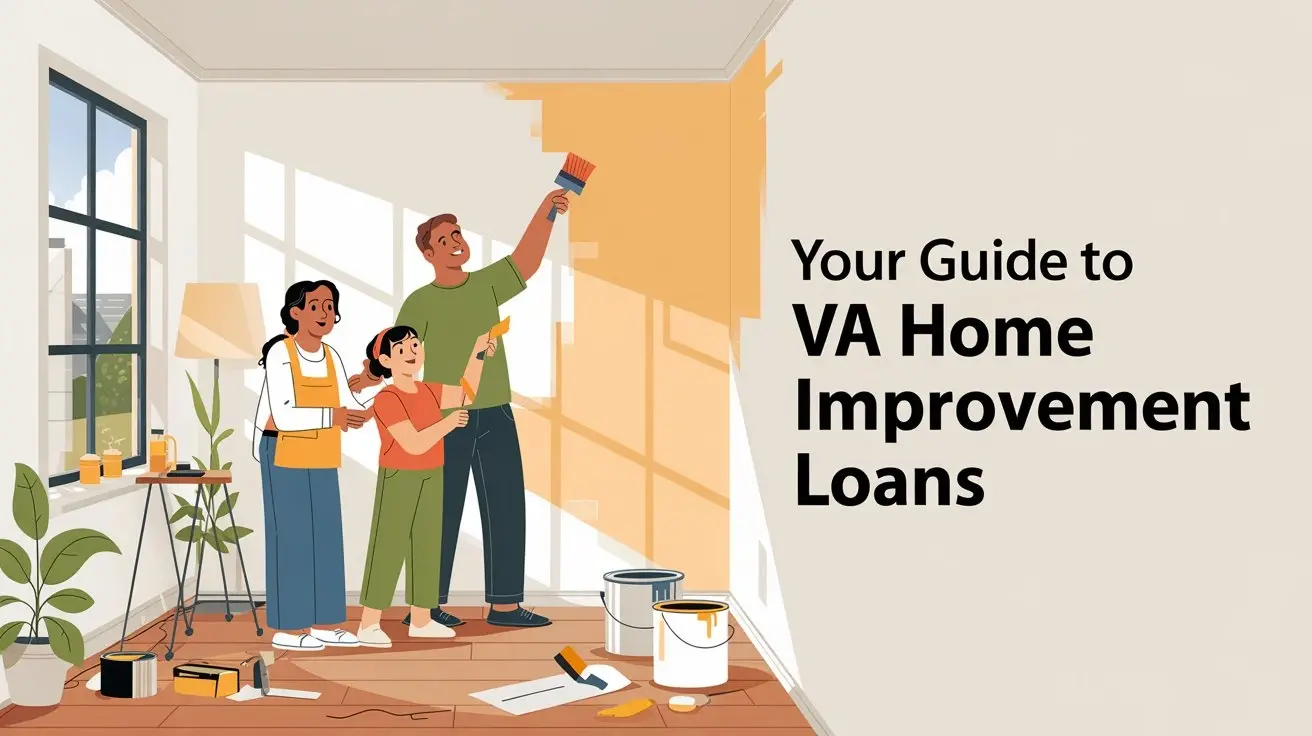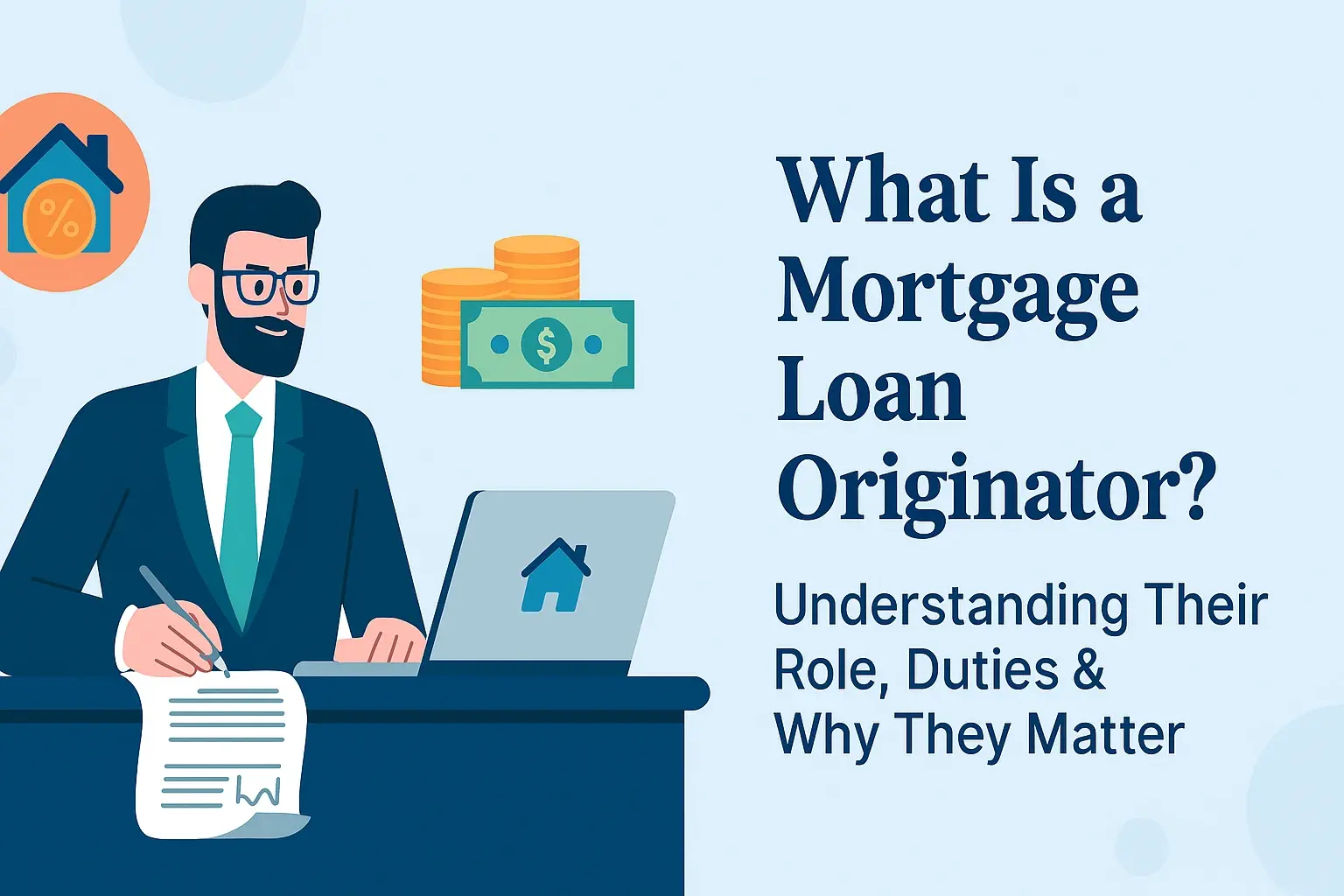-
Posted on: 24 Dec 2022

-
Buying a home is a significant financial undertaking, and while the list price might seem fixed, there's often more room for negotiation than many buyers realize. Understanding what you can negotiate can lead to substantial savings and a smoother transaction. This guide explores ten key areas where savvy buyers can make their move.
1. The Purchase Price
The most obvious, and often the most contentious, point of negotiation is the purchase price itself. While it's tempting to offer the asking price, especially in a competitive market, there's almost always room to negotiate. The key is to be informed and strategic.
Market Analysis is Crucial
Before making an offer, conduct thorough research on comparable properties (comps) in the area. Look at homes that have sold recently (within the last 3-6 months) that are similar in size, condition, and features. Real estate agents have access to this data through the Multiple Listing Service (MLS), but buyers can also find information on public real estate websites. In 2025, the market is showing signs of stabilization in many regions, meaning sellers might be more amenable to offers below asking price, especially if a home has been on the market for an extended period. According to recent data from the National Association of Realtors (NAR) for early 2025, the median home price has seen a slight moderation compared to the rapid increases of previous years, suggesting a shift towards a more balanced negotiation environment.
Understanding Seller Motivation
Try to understand why the seller is selling. Are they relocating for a job? Are they facing financial difficulties? Is the home vacant? A seller who needs to move quickly might be more willing to accept a slightly lower offer. Your real estate agent can often glean this information through conversations with the listing agent.
Condition of the Home
A home that requires significant repairs or updates is a prime candidate for a lower offer. If the property is outdated, has visible signs of wear and tear, or needs major systems (like HVAC or roofing) replaced soon, these are strong justifications for a reduced price. Don't be afraid to point these out and quantify the estimated repair costs to support your offer.
Competitive Offers and Market Conditions
In a buyer's market, where inventory is high and demand is lower, buyers have more leverage. You might be able to negotiate a price significantly below asking. Conversely, in a seller's market, where demand outstrips supply, multiple offers are common, and you may need to offer at or above asking price to be competitive. However, even in a hot market, an offer that is well-researched and presented professionally can still stand out.
The Art of the Counteroffer
Be prepared for a counteroffer. It's a standard part of the negotiation process. Your initial offer doesn't have to be your final offer. You can strategically increase your price incrementally, showing willingness to meet the seller halfway, while still aiming for a price that reflects the home's true market value and condition.
2. Contingencies
Contingencies are clauses in the purchase agreement that allow a buyer to withdraw from the sale without penalty if certain conditions are not met. While they protect the buyer, they can also be a point of negotiation, as sellers often prefer offers with fewer contingencies.
The Inspection Contingency
This is arguably the most important contingency. It allows you to have the home professionally inspected and, based on the findings, either proceed with the purchase, renegotiate the price, request repairs, or withdraw from the sale. Sellers might push back on extensive inspection periods or request that you waive this contingency, especially in competitive markets. However, waiving it is extremely risky and generally not recommended. Instead, you might negotiate a shorter inspection period (e.g., 7 days instead of 10-14) or agree to address minor cosmetic issues yourself.
The Financing Contingency
This protects you if your mortgage loan falls through. It ensures you don't lose your earnest money deposit if you're unable to secure financing. Lenders typically require a certain timeframe for this contingency. Sellers may ask for a shorter financing contingency period or for proof of pre-approval to make their offer more attractive.
The Appraisal Contingency
This contingency ensures the home appraises for at least the purchase price. If the appraisal comes in lower, you have the option to renegotiate the price, pay the difference in cash, or walk away. Sellers might request that you waive this if they believe the home is worth every penny of the asking price, but this is also a significant risk for the buyer.
Negotiating Contingency Removal or Modification
In a strong seller's market, buyers might consider removing or shortening certain contingencies to make their offer more appealing. However, this must be done with extreme caution and a full understanding of the risks involved. For instance, you might agree to a shorter inspection period or a quicker appraisal process. You could also negotiate a "kick-out clause" for the seller, which allows them to continue marketing the home and accept another offer if a better one comes along before your contingencies are removed, but this is less common in a buyer's favor.
Seller's Perspective on Contingencies
Sellers often view contingencies as potential deal-breakers. The more contingencies an offer has, the higher the chance the deal could fall apart. Therefore, understanding which contingencies are essential for your protection and which might be negotiable is key. For example, a pre-approval letter from a reputable lender can often strengthen your financing contingency, making it more palatable to the seller.
3. Closing Costs
Closing costs are the various fees and expenses incurred by both the buyer and seller at the end of a real estate transaction. These can include lender fees, title insurance, appraisal fees, recording fees, and more. While typically the buyer pays the majority of their own closing costs, there's often room to negotiate for the seller to contribute.
Typical Closing Costs for Buyers
Buyer closing costs can range from 2% to 5% of the loan amount. These include things like origination fees, credit report fees, appraisal fees, title search fees, title insurance premiums, escrow fees, recording fees, and prepaid items like property taxes and homeowner's insurance. As of 2025, these figures remain largely consistent, though specific lender fees can vary.
Negotiating Seller Contributions
You can ask the seller to contribute a specific amount or a percentage of the closing costs. This is often framed as a concession that helps you afford the home. For example, you might offer a slightly higher purchase price in exchange for the seller covering a portion of your closing costs. This can be particularly effective if the seller is eager to sell and the home has been on the market for a while.
When is this Negotiation Most Effective?
This negotiation is most effective when:
- The home has been on the market for a longer period.
- The seller has already lowered the asking price.
- You are making a strong offer on the purchase price but are concerned about your out-of-pocket expenses.
- The market conditions favor buyers.
Lenders often have limits on how much seller concession they will allow, typically around 3% to 6% of the loan amount, depending on the loan type. It's crucial to discuss this with your mortgage broker or lender to understand these limitations.
Strategic Use of Closing Cost Contributions
Instead of asking for a direct reduction in price, asking for closing cost contributions can sometimes be more appealing to a seller. They might see it as a way to help you buy their home without directly lowering the sale price they'll advertise. For instance, if your offer is $300,000 and you need $10,000 in closing costs, you could offer $305,000 and ask the seller to contribute $5,000 towards your closing costs. This way, the seller still receives $300,000, but you get some financial relief.
4. Repairs and Inspection Items
The home inspection is a critical phase where you uncover any issues with the property. Based on the inspector's report, you have the opportunity to negotiate with the seller to address these problems.
Identifying Major vs. Minor Issues
It's important to distinguish between major structural or system issues (e.g., foundation problems, leaky roof, faulty HVAC, electrical hazards) and minor cosmetic ones (e.g., chipped paint, loose cabinet handles). Sellers are generally more willing to address significant repairs that affect the safety, soundness, or habitability of the home.
Negotiating Options
Once the inspection report is complete, you have several options:
- Request Repairs: Ask the seller to fix specific items identified in the report. Provide documentation, such as the inspector's report and estimates from qualified contractors, to support your requests.
- Request a Credit: Instead of the seller making the repairs, ask for a credit at closing to cover the cost of the repairs. This gives you control over the quality of the work and the choice of contractor. This is often preferred by sellers as they don't have to manage the repair process.
- Renegotiate the Purchase Price: If the repairs are extensive and costly, you might request a reduction in the purchase price to account for the expenses you'll incur.
- Walk Away: If the issues are too significant or the seller is unwilling to negotiate, you can use your inspection contingency to withdraw from the sale.
Presenting Your Repair Request
When presenting your repair requests, be specific and organized. Provide a clear list of the items you want addressed, along with supporting documentation. Avoid being overly demanding or nitpicky. Focus on essential repairs that impact the home's value or safety. In 2025, many sellers are still recovering from previous market dynamics and may be less inclined to fund extensive cosmetic upgrades, so prioritize functional and safety concerns.
Example Scenario
Let's say your inspection reveals a failing water heater (estimated replacement cost $1,500) and some minor electrical code violations (estimated cost $800). You could present this to the seller and request either that they replace the water heater and fix the electrical issues, or provide a credit of $2,300 at closing. If the seller is resistant, you might offer to split the cost or accept a slightly lower purchase price.
5. Appliance Inclusion
What's included in the sale of a home can sometimes be a point of contention. While major appliances like refrigerators, ovens, and dishwashers are often assumed to be included, it's not always the case, and this can be a point of negotiation.
Clarifying What's Included
Always clarify in your purchase offer which appliances you expect to be included. This includes not just the standard kitchen appliances but also washers, dryers, and even built-in microwaves or wine coolers. Sellers might intend to take these with them, especially if they are newer or high-end models.
Negotiating for Appliances
If the home you're interested in doesn't include appliances you want, or if the seller intends to remove them, you can negotiate their inclusion. This might involve asking for the seller to leave specific appliances, or if they are removing them, you could negotiate a reduction in the purchase price to offset the cost of purchasing them yourself.
When to Push for Appliances
This negotiation is more likely to be successful if:
- The appliances are relatively new and in good working order.
- The seller is leaving behind other fixtures or furnishings.
- The appliances are essential for making the home move-in ready for you.
Conversely, if the appliances are old, in poor condition, or the seller is offering a very competitive price, you might decide it's not worth the negotiation.
Example
You fall in love with a home, but the seller plans to take their high-end stainless steel refrigerator and matching washer/dryer. You can either include a clause in your offer requesting these appliances be left behind, or if they insist on taking them, you can factor in the cost of replacing them and potentially negotiate a slightly lower price for the home.
6. Home Warranty
A home warranty is a service contract that covers the repair or replacement of major home systems and appliances that break down due to normal wear and tear. It's a valuable protection for buyers, especially in older homes.
What is a Home Warranty?
A home warranty typically covers items like HVAC systems, plumbing, electrical systems, water heaters, ovens, refrigerators, dishwashers, and garbage disposals. It doesn't cover pre-existing conditions or damage caused by neglect or accidents. The buyer usually pays a service fee (deductible) each time a technician visits to diagnose and repair a covered item.
Negotiating for a Home Warranty
You can ask the seller to purchase a home warranty for you, typically for one year. This is a relatively inexpensive request for a seller that provides significant peace of mind for the buyer. It's a common negotiation point, especially when buying an older home or when you want to mitigate the risk of unexpected repair bills shortly after moving in.
Benefits for Both Parties
For the buyer, it's a safety net. For the seller, it can make their home more attractive to buyers and can also protect them from potential post-sale complaints about systems that were working at the time of sale but break down shortly after. If the seller agrees to provide a home warranty, clarify the coverage level and the duration of the contract.
Example
You're buying a 15-year-old home. While the inspection didn't reveal any immediate major issues, you're concerned about the lifespan of the HVAC system and major appliances. You can request that the seller provide a one-year home warranty policy for the buyer. This is a relatively low-cost item for the seller that can significantly enhance your comfort level with the purchase.
7. Possession Date
The possession date, or closing date, is when ownership officially transfers, and you get the keys to your new home. This date is often negotiated and can be a point of leverage for both buyers and sellers.
Flexibility with Closing Dates
Sellers might have a specific timeline they need to move out by, perhaps to align with purchasing their next home or starting a new job. Buyers also have their own timelines, often dictated by their current lease expiring or their need to coordinate with their mortgage loan. Flexibility here can be a powerful negotiation tool.
Negotiating Early or Late Possession
Early Possession: If you need to move in before closing (e.g., your lease is up), you might negotiate an early possession agreement. This usually involves a daily rent payment to the seller until closing, and you'll need to have adequate insurance in place. It carries some risk, as you're paying for a home you don't yet own.
Late Possession: If the seller needs more time to move out after closing, you might agree to a rent-back agreement, where you essentially rent the home back to the seller for a short period after closing. Again, this requires careful legal documentation and insurance considerations.
Standard Closing Date: Often, the goal is to align the closing date with your financing and the seller's moving plans. If a seller needs a bit more time, you might negotiate a slightly later closing date in exchange for something else, like a credit or inclusion of certain items.
The Importance of a Clear Agreement
Whatever you agree upon, ensure it's clearly documented in the purchase agreement. This includes the exact date and time of possession, any rental terms, and responsibilities for utilities and maintenance during any occupancy period before or after closing.
Example
You're eager to move in, but the seller can't vacate until a week after the initial closing date they proposed. You might agree to a later closing date in exchange for the seller covering a portion of your closing costs or leaving behind some furniture you wanted.
8. Seller Concessions
Seller concessions are incentives offered by the seller to the buyer to help facilitate the sale. These can take various forms beyond just contributing to closing costs.
Types of Seller Concessions
- Closing Cost Contributions: As discussed earlier, this is the most common form.
- Home Warranty: The seller pays for a one-year home warranty.
- Repairs: The seller agrees to make specific repairs identified during the inspection.
- Upgrade Allowances: The seller offers a credit for the buyer to make upgrades (e.g., new flooring, paint).
- Paying for Specific Services: In some cases, a seller might agree to pay for a termite treatment or a pre-listing home inspection.
Strategic Use of Concessions
Seller concessions can be a powerful tool for buyers who might not have a large amount of cash for upfront costs or who want to ensure certain issues are addressed. They can make a slightly higher purchase price more palatable if the concessions significantly reduce your out-of-pocket expenses or provide essential protections.
Negotiating for Concessions
When negotiating, consider what would be most beneficial to you. If you're concerned about immediate repair costs, ask for credits for those items. If you want peace of mind, request a home warranty. If you're planning renovations, an upgrade allowance could be very attractive. In 2025, with interest rates potentially remaining a factor, buyers might prioritize concessions that reduce their immediate financial burden.
Lender Limitations
Remember that lenders often impose limits on seller concessions, especially for certain loan types. It's crucial to discuss these limitations with your mortgage broker to ensure your negotiated concessions are permissible.
9. Personal Property
Personal property refers to items in a home that are not considered fixtures, such as furniture, artwork, decorative items, and sometimes even freestanding appliances or window treatments.
What is Typically Included?
Generally, fixtures are included in the sale. These are items permanently attached to the home, such as light fixtures, built-in cabinets, plumbing fixtures, and major appliances that are hardwired or plumbed in. However, the line between personal property and fixtures can sometimes be blurry.
Negotiating for Personal Property
You might fall in love with a piece of furniture, a beautiful chandelier, or even the custom draperies in the living room. If these items are not considered fixtures but you'd like them to stay, you can negotiate their inclusion. This is usually done by adding a specific clause to the purchase agreement detailing the items you wish to purchase from the seller separately from the main home sale, or by asking for them to be included in the overall price.
When is this Common?
This negotiation is more common when:
- The seller is moving out of state and wants to simplify their move.
- The items are unique or custom-made and would be difficult for the seller to move or replace.
- The buyer is particularly drawn to the seller's staging and wants to replicate the look.
It's important to be specific about what you want. A general request might not be enough. For example, instead of "negotiate for furniture," specify "negotiate for the dining room table and chairs, and the living room sofa."
Example
You love the stylish patio furniture and the large, ornate mirror in the entryway. You can include a clause in your offer stating that you wish to purchase these specific items from the seller for an agreed-upon price, or ask that they be included as part of the sale, effectively increasing the value you're getting for the price.
10. Upgrade Allowances
Sometimes, a home is structurally sound and in decent condition, but it's a bit dated or doesn't quite match your aesthetic preferences. Instead of demanding a lower price, you can negotiate for an upgrade allowance.
What is an Upgrade Allowance?
An upgrade allowance is a sum of money the seller agrees to provide at closing, which you can then use towards making specific upgrades or renovations to the home. This could be for new flooring, a fresh coat of paint, updated kitchen countertops, or even landscaping.
How it Differs from Repair Credits
While repair credits are for fixing existing problems, upgrade allowances are for improvements that enhance the home's value or your enjoyment of it. This is a more proactive negotiation strategy.
Negotiating an Upgrade Allowance
You might propose this if the home is generally well-maintained but needs modernization. You can present a plan for the upgrades you envision and the estimated costs. For example, you might say, "We love the location and layout, but the kitchen cabinets are quite dated. We'd like to propose an upgrade allowance of $5,000 at closing to help us update the kitchen."
Benefits of This Approach
This approach can be beneficial because:
- It allows the seller to potentially achieve a higher sale price than if they had to do the renovations themselves.
- You get to choose the exact upgrades and materials that suit your taste and needs.
- It can be a more appealing offer to a seller than a simple price reduction, as it still reflects the home's value in its current state.
As with other concessions, ensure any agreed-upon upgrade allowance is clearly documented in the purchase agreement.
Example
You find a charming home that needs a cosmetic facelift. The original hardwood floors are covered by old carpet, and the bathrooms could use modern fixtures. You could negotiate for a $7,000 upgrade allowance at closing to cover the cost of removing the carpet and refinishing the floors, and updating the bathroom vanities.
In conclusion, buying a home is a dynamic process, and the purchase agreement is not a take-it-or-leave-it document. By understanding these ten areas—from the purchase price and contingencies to closing costs, repairs, and even the inclusion of personal property—buyers can strategically negotiate to secure a home that meets their needs and budget. Remember that thorough research, a clear understanding of your priorities, and effective communication with your real estate agent are your most powerful tools. Don't be afraid to ask, and always aim for a win-win scenario that leaves both you and the seller satisfied. A well-negotiated deal can set the stage for a happy and financially sound homeownership journey.
